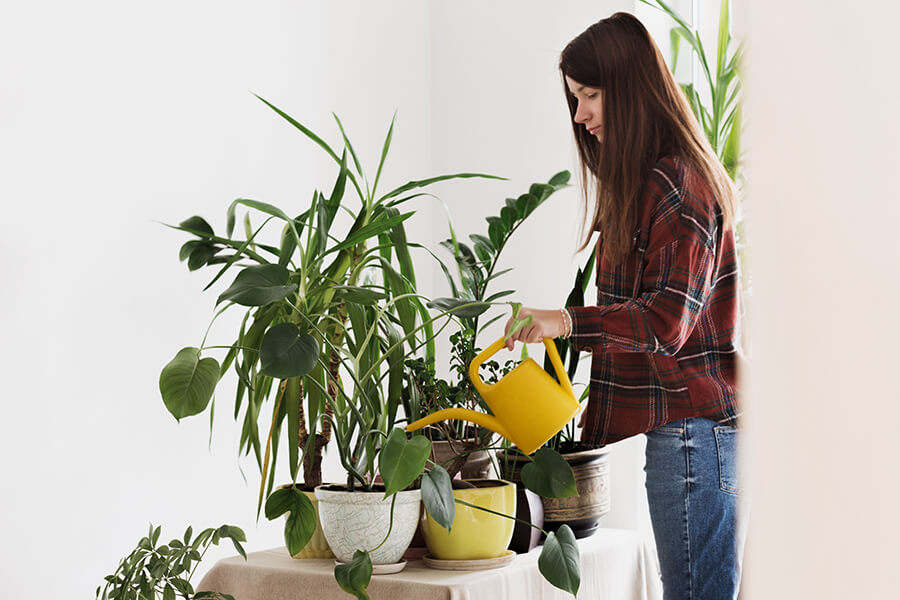Air quality is a subject that’s always been in the back of our minds, but in the last few months has become a priority. While there isn’t much you can do to control outdoor air quality, you can take steps for improving the air quality in your home. The tricky thing with air quality is you won’t necessarily notice any issues until you start experiencing symptoms. Most pollutants are odorless, which is why it’s important to take proactive steps to make sure the air quality of your home is the best it can be.
But what do you need to be on the lookout for? “The most common sources of indoor air pollution include asbestos, carbon monoxide emissions from central heating systems and gas stoves, radon, mold, tobacco smoke and volatile organic compounds (VOCs) found in household items like disinfectants, air fresheners, paint, carpeting, adhesives, pesticides, and wood preservatives,” states Forbes.com. While it’s not likely that you’ll experience an immediate reaction to indoor pollutants, common short-term effects can include fatigue, shortness of breath, sinus congestion, headaches, and irritation in your eyes, nose, and throat. Living in the south, most people with allergies or respiratory ailments are all too familiar with this feeling. But when you’re popping allergy medication constantly, even when you’re not leaving your home, it might be time to consider your indoor air quality.
Carbon Monoxide & Radon
First and foremost, all homes should have a carbon monoxide detector and be tested for radon. Both carbon monoxide and radon are not easy to detect since both are completely odorless and can cause serious harm from exposure.
Pets & Pet Dander
Pet dander is a huge contributor to indoor air pollution. Grooming your furry friends regularly will help cut down on this issue. Make sure to vacuum or sweep all flooring frequently to get any dust bunnies that might be hiding!

Plants
Being a plant parent is all the rage these days. Not only do plants brighten a room, certain ones actually detoxify the air in your home! Plants like peace lilies, English ivy, golden pothos, and snake plants all have a positive impact on indoor air quality. When looking at plants, be sure to make sure they aren’t a danger to your pets.
Air Purifiers & Ventilation
Increasing ventilation and investing in an air purifier is a sound decision if you feel the air in your home is stuffy or uncomfortable. Air purifiers are a great idea for any home. Not only does it help with smells from animals and day-to-day life, but it also does exactly what it’s named for— purifying the air.
Cleaning
You can get an air purifier and a million plants, but that is only half the battle. Keeping your home clean will help to avoid unpleasant odors as well as prevent things like mold, pet dander, and excessive dust.
To get your home feeling clean and smelling good, reach out to Kathleen’s Cleaning Service today!

